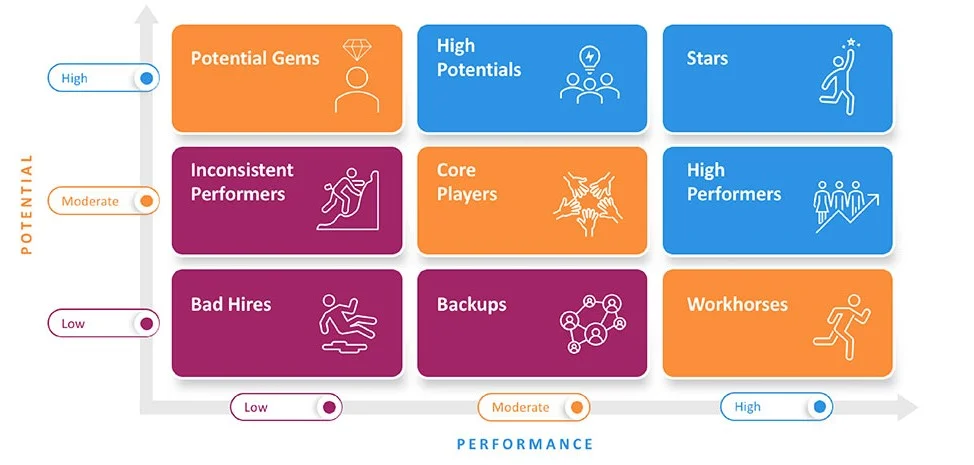Some people have an extraordinary destiny. We talk about High Potentials in companies, but if it is already not easy to recognize them, it is even less easy to motivate them and accompany them in order to take advantage of their potential skills. What is a high potential candidate? How to identify them? And how do you retain them?
Do not confuse “high potential” with “talent
How to distinguish "talent" from "high potential"?
A "talent" is generally defined as a natural ability to do something exceptionally well. A "high potential", on the other hand, is generally defined as a person who has an exceptional potential for development in a given field, usually because of his or her intellectual abilities or creativity.
These two terms are used in a non-dissociated way but concretely what are the differences?
- A talent is generally considered to be an innate ability, while high potential is generally the result of personal effort and investment.
- A talent is more difficult to evaluate in a precise way, the criteria for identifying a high potential are more precise and therefore measurable.
- Talent may be more limited in the areas in which it will manifest itself, while high potential may be more versatile and transferable to different areas.
A high potential is defined as a person who is likely to become a leader in the company, because of his or her profile or performance. This type of individual is of course a talented person, but he or she also has other qualities skills. We suggest the soft skills to integrate in your approach:“The skills important to value”.
What are the criteria for defining high potential in a company?
Here are some examples used by our clients:
- Ability to adapt to a new environment or context.
- Demonstrate efficiency and focus on the goal (perseverance).
- To combine empathy and vision for which they will federate the actors of the company.
- High-potential employees get bored quickly and have a constant need to learn.
Each company defines its own criteria, the important thing is to make sure they are valid, especially during the people review.
Why identify high potentials?
It is vital for an organization to be able to identify HiPo (High Potential) individuals, as they have many advantages:
- They make the company much more successful by significantly improving its results and profits, or by optimizing its talents;
- They are risk-takers, creative, optimistic and able to inspire their colleagues;
- They have a highly developed faculty of observation which allows them to anticipate and to face up to transformations as well as conflicts;
- They bring new ideas and know how to find opportunities before anyone else;
- They are capable of becoming the company’s leaders in the long term because they know the ins and outs of the company, have earned the trust of the employees and know how to analyze the markets.
Tools to identify high potential candidates
Each company has its own method of identification and its secrecy does not favor the homogeneity of the process. We recommend accepting that your tool will improve over time, since it is based on the observation of behaviors and their correlation with the paths taken.
We suggest several questions to define the skills behavioral patterns common to your high-potential population:
- Does one of your employees have an unusual personality? Are they friendly and curious by nature? Does he or she have a thirst for knowledge? Can they quickly and appropriately analyze the more or less complex situations they encounter?
- Is he able to stand back and make the right decision? Can he or she detect opportunities before anyone else? Is he/she willing to question himself/herself and to constantly look for ways to improve?
You can use other tools such as role plays, situation scenarios or the assessment center.
To objectively detect high potential, you can rely on the continuous assessment of skills in order not to wait for the annual interview. This assessment will be one of the bases of your people reviews, or career committees. During this joint exercise with the managers and directors of the Business Units, you will establish a matrix like the one below, which will facilitate the management of high potentials and their support.

Supporting and retaining High Potentials!
Identifying “HiPo” individuals is a first step. Now we need to complement it with appropriate support to give this population the visibility they expect from the company.
Here are our tips:
- To help this population to know their assets and their axes of progression on their current role
- Promote career discovery paths and create unique career paths
- Helping high potentials to experience different levels of responsibility
- Structure your HR development around the notion of cross-skilling and thus provide a varied range of skills
- Set up a mentoring system to enable them to benefit from the support of experienced employees









